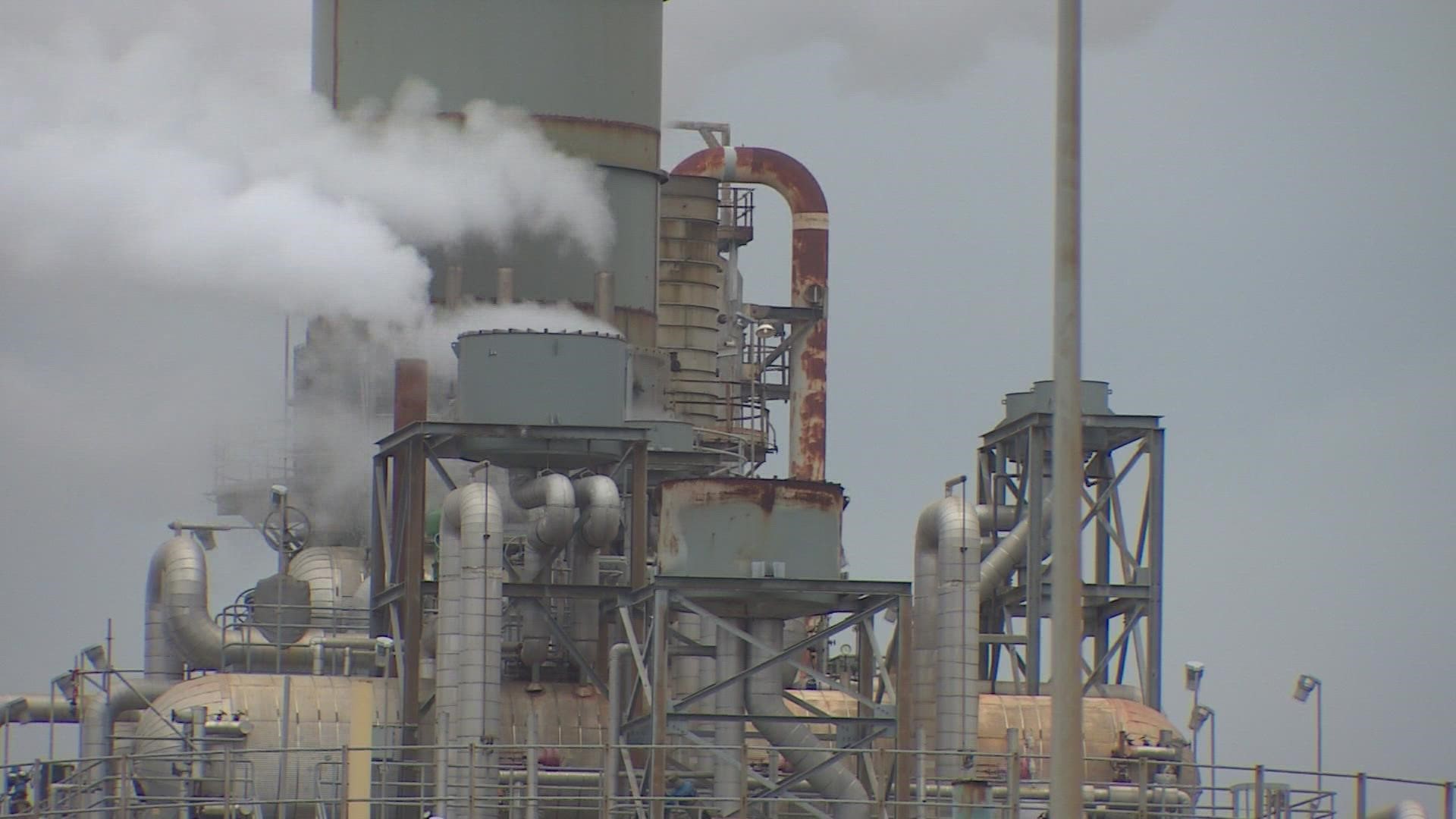HOUSTON — The anniversary of last year’s historic freeze that left millions without power and killed at least 246 people brings back anxiety and anger for many Texans.
It also brings a big question — if Mother Nature were to deal us a similar blow, would the power grid fail again?
Lisa Gochman, like many others, is still skeptical. One year after busted pipes collapsed her ceiling and debris fell on top of her bed, any cold-weather forecast is unnerving.
“No, I don’t have confidence in the grid,” Gochman said. “I don't really know what they've done to change it. If we have that happen again, is ERCOT (Electric Reliability Council of Texas) ready? I don’t know."
We took her question to the state’s top utility regulator, Chairman Peter Lake of the Public Utility Commission of Texas.
“Texans should know that we have made incredible reforms to the market of ERCOT and the grid to ensure reliability and to ensure that the lights will stay on this winter,” Lake said.
Those reforms include mandatory winterization of power plants, compliance inspections of those facilities, $1 million fines for violations and incentives for power generators to bring more reserve power to the grid and have backup alternate fuel types on site.
“ERCOT is operating with an additional margin of safety, extra reserves and in a more conservative, cautious manner than it ever has before,” Lake said.
But the ERCOT electric grid is largely intertwined with the state’s natural gas system, which struggled with equipment failures during the Texas deep freeze.
“It does concern me,” ERCOT Interim CEO Brad Jones said.
Jones said, unlike power plants, new gas winterization laws won’t be on the books until next winter. He said some gas suppliers have begun making equipment upgrades in advance of the new regulations and hundreds of have been designated as “critical infrastructure” to keep the power flowing during an emergency.
Jones said the progress has been slower than he would prefer.
“We still need more work to be done on the weatherization of our natural gas fleet,” Jones said.
There also is ERCOT’s own data to consider. The grid operator’s winter forecast for resource adequacy spells out three “extreme reserve capacity risk scenarios” in which there would not be enough power to go around. These include high peak demand, high or extreme generation outages and low wind and solar output. Combined, those three scenarios would leave the grid in the red — a deficit ranging from 792 to 4,373 megawatts.
Lake appeared to brush the data aside.
“The report is simply the arithmetic of adding and subtracting megawatts, it does not incorporate any of the reforms we’ve talked about,” Lake said. While it’s a useful tool, it is far from comprehensive, exhaustive or definitive.”
When pressed about the extreme risk scenarios and the potential for a power shortfall, Lake didn’t budge.
“Well, it's again, it's simply an exercise in arithmetic to provide the market a wide range of scenarios,” Lake said.
“An exercise in numbers? That’s just a nonsensical statement,” KHOU 11 energy expert Ed Hirs said.
“There are several scenarios under which we could have blackouts again, that’s pretty clear,” Hirs said. “A cold snap like we had last winter would do that, and we would be short once again.”


